Jun 27,2025
Medical gloves: A century-long journey from love 'catalysts' to virus 'firewalls'
It is well known that medical gloves are essential protective equipment in the current medical field, safeguarding the lives and health of both patients and healthcare providers during diagnosis and treatment. However, do you know about the invention history of medical gloves? This technological evolution hidden within rubber molecules holds a sharper edge of human wisdom than even surgical knives.
The Origin: The 'Love Invention' in the Operating Room
In 1889, when Johns Hopkins Hospital was established, surgical professor William Halsted hired Catherine Hampton as the head nurse of the operating room. Due to frequent contact with disinfectants, Catherine's hands developed allergies and inflammation, making it impossible for her to continue working. To retain this capable assistant, Professor Halsted commissioned a rubber company to create thin latex gloves, effectively isolating the disinfectant from harming her hands. The following year, Catherine married Halsted, and the invention of latex gloves also facilitated a romantic tale.
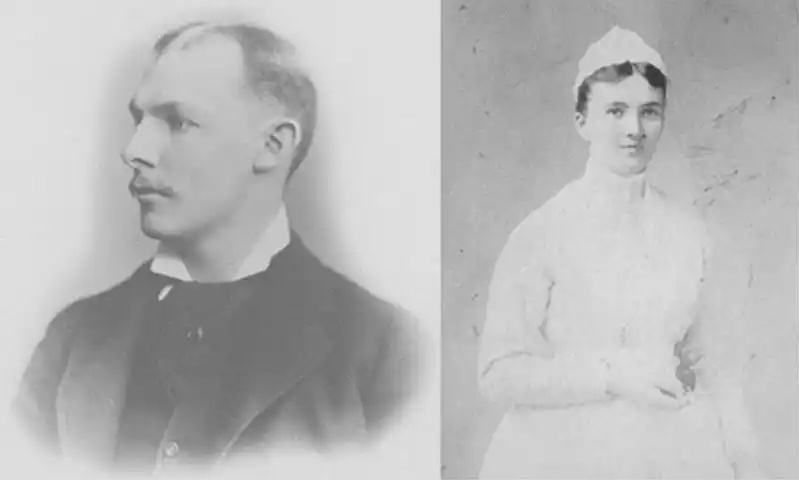
Thus, what seemed like an accidental invention unexpectedly launched the century-long legend of medical gloves. From then on, latex gloves entered the medical field, and more and more nurses and assistants began wearing them while working.
Although latex gloves pioneered medical protection, their widespread use quietly brewed a crisis involving allergies and alternative materials...
Breaking the Stalemate: The Rocky Road to the Birth of Nitrile Gloves
From the initial development of synthetic rubber to the creation of nitrile rubber and finally to the emergence of nitrile gloves, the process was fraught with twists and turns.
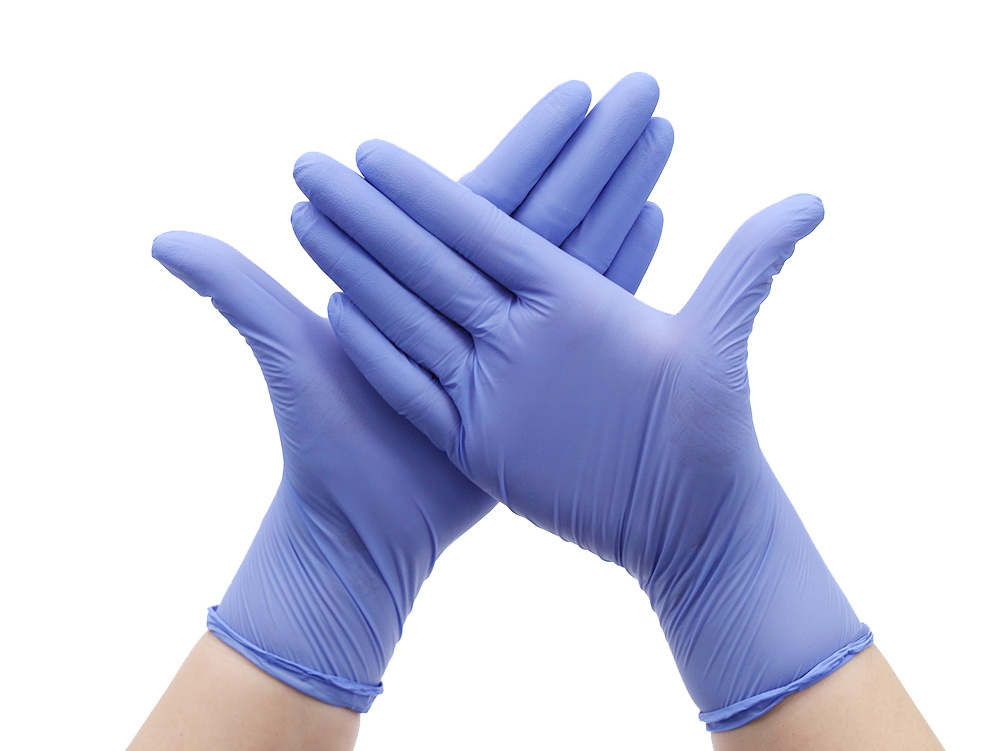
In the early 20th century, the automotive industry flourished, leading to the development of synthetic latex to compensate for the insufficient supply of natural rubber. However, as the production of natural latex increased and prices dropped, interest in the time-consuming, labor-intensive, and costly research and development of synthetic rubber waned, causing it to fall out of favor.
The turning point came with the outbreak of World War I, which consumed vast amounts of natural rubber, creating shortages and driving up prices. Consequently, more countries began investing in synthetic rubber research. In 1926, PVC was synthesized in the United States and modified with various plasticizers to make it more flexible and easier to process, leading to its widespread commercial application. In 1931, nitrile rubber was developed in German laboratories, and due to its excellent performance and properties, it gained extensive production opportunities in both Germany and the United States.
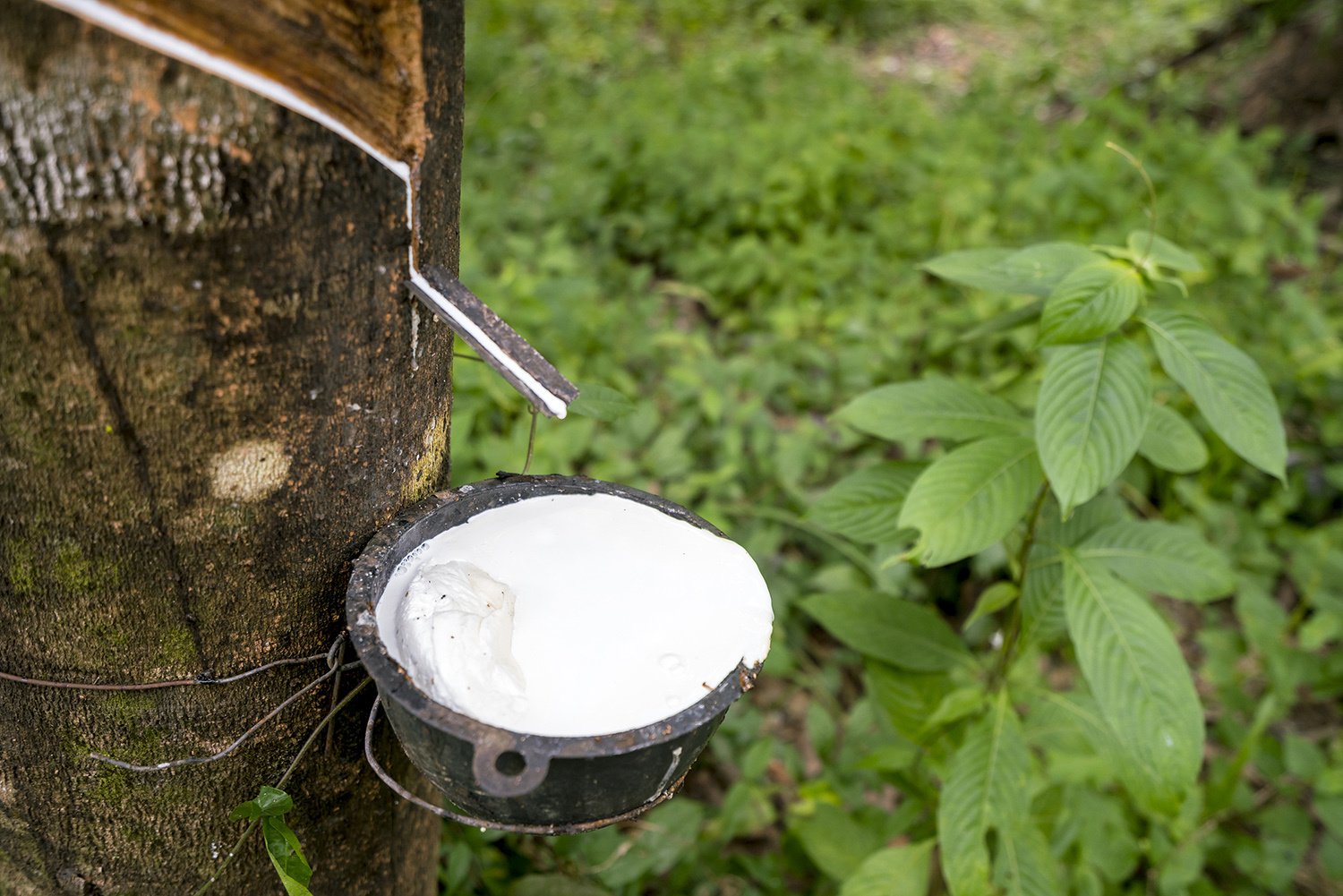
Challenges - With the widespread use of latex gloves, their drawbacks have gradually become apparent. Firstly, cases of allergies triggered by them have emerged on a large scale: contact dermatitis, severe allergic reactions, and even life-threatening incidents occur frequently. Secondly, the outbreak of AIDS in the 1980s led to a rapid increase in demand for latex gloves, causing raw material costs to rise sharply. The emergence of these drawbacks and the soaring costs shifted people's focus back to synthetic rubber. Consequently, market pressure forced glove manufacturers to innovate and seek alternative materials to replace natural latex.
It wasn't until 1991 that nitrile rubber was widely used and extended to the glove industry, leading to the creation of disposable nitrile gloves. Although they came a century later than latex gloves, these gloves made from acrylonitrile and butadiene not only possess the advantages of latex gloves such as good elasticity, snug fit, and softness, but also offer superior tear resistance and puncture resistance compared to latex gloves. Additionally, they feature excellent chemical resistance, low allergenicity, a variety of colors, and lightweight wearability. The advent of nitrile gloves has been a significant boon for those allergic to latex and potential latex allergy sufferers in medical settings. Due to these objective facts, high-performance nitrile gloves quickly penetrated various fields such as healthcare and industry, becoming a globally trusted protective option.
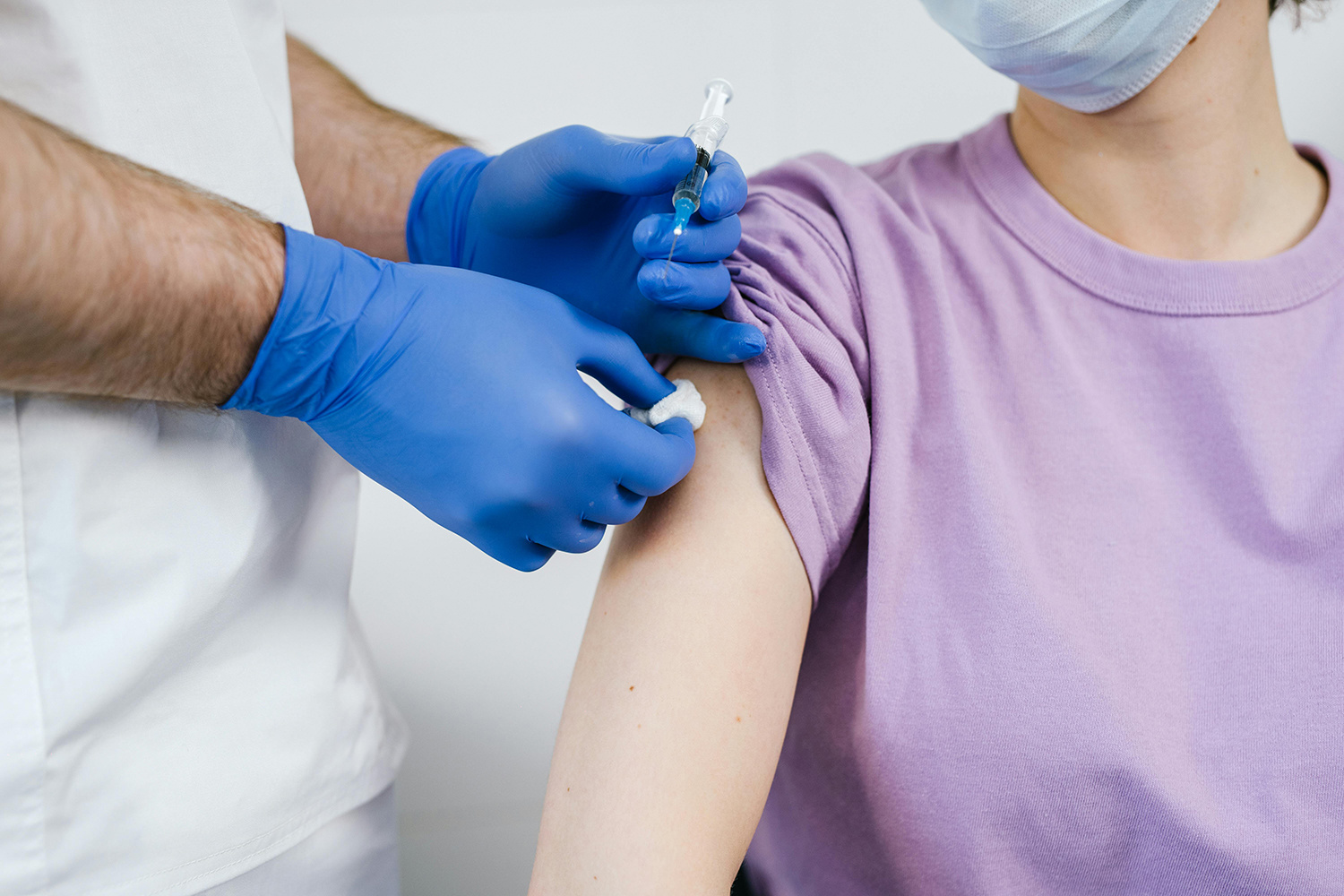
Collaborating for a century, jointly building defenses
In the century-long competition of various materials, latex gloves have not easily faded into history. Their unique properties made from natural rubber provide an unmatched skin-like feel and operational sensitivity. In scenarios requiring high levels of tactile perception, such as dental treatments and precise surgical procedures, latex gloves remain the preferred choice for medical professionals. The biodegradability of natural materials also gives them an advantage in environmental protection.

Nitrile gloves, on the other hand, demonstrate strong versatility. In food processing plants, blue nitrile gloves serve as visual markers for different processes; in auto repair shops, black nitrile gloves effectively hide oil stains; in laboratories, white nitrile gloves perfectly match high-standard production environments. Their resistance to oils and solvents opens up new application areas in the chemical industry.
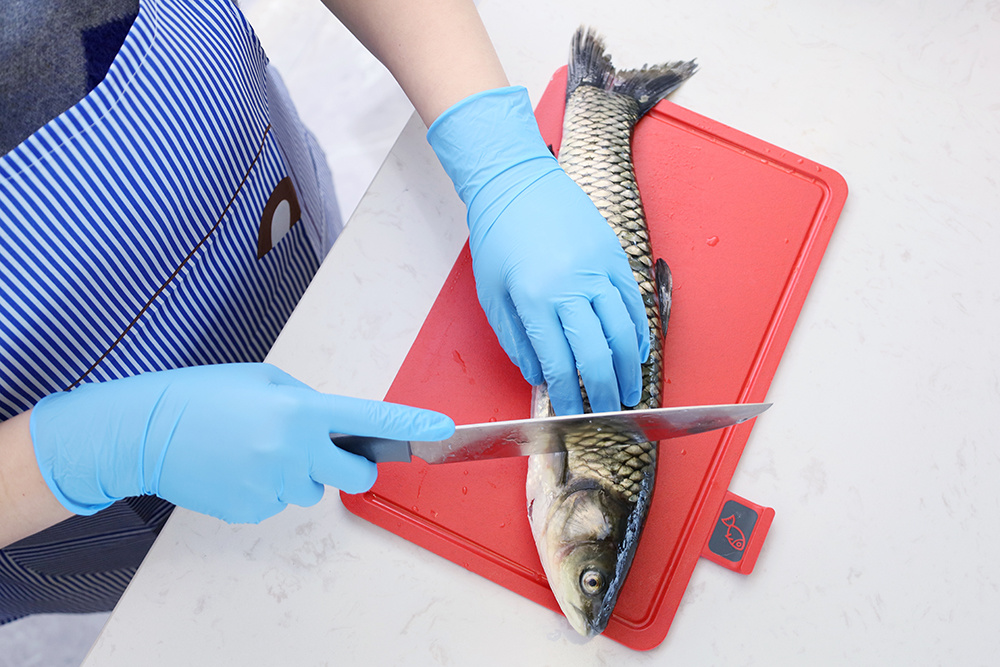
During the COVID-19 outbreak in 2020, nitrile gloves ensured the continuous supply of global medical protective supplies due to their stable supply chain and large-scale production capacity.

▲In 2020, Titans Medical donated 600,000 medical-grade nitrile gloves to the Wuhan Red Cross Society.
The birth of a pair of medical gloves began from the instinct to protect loved ones, but it unexpectedly altered humanity's trajectory in combating diseases. From the gentle concern in the operating room in 1889 to the silent dedication during the global pandemic in 2020, the century-long competition between latex and nitrile is not only a battle in materials science but also a reflection of humanity's race against crises with wisdom—each innovation in protection builds a more resilient defense for life's fragility.
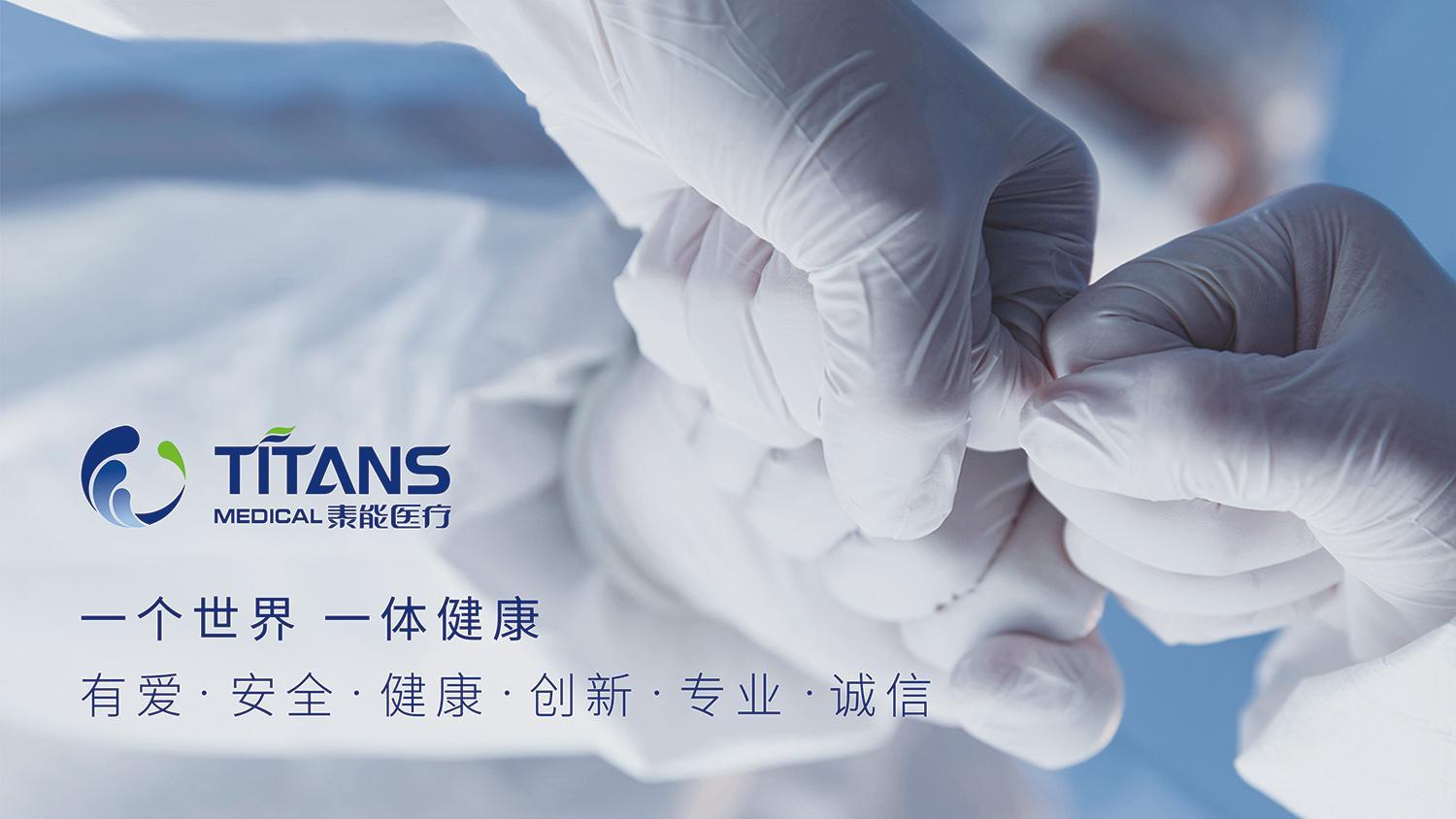
Since its establishment in 2011, Titans Medical Group has been deeply involved in the field of medical protection, committed to providing comprehensive and efficient health protection solutions for every industry.
At each critical moment in medical protection, Titans Medical constructs protective systems based on scenario-specific needs—latex gloves offer sensitive touch for precise operations, nitrile gloves provide chemical protection for complex environments, and PVC gloves meet basic needs with their cost-effectiveness... Gloves carrying a century of protective wisdom are being refined on Titans Medical's automated production lines, continuously conveying warmth and strength in hand protection.
Keywords:
Hot Information
Small equipment, big impact, an essential choice for medical safety
Titans Medical's Nitrile Gloves, professional protection, safeguarding health super easy~
A good helper in the lab, do you know about it?
The correct way to operate in cleanroom—Disposable Clean Room Gloves
Medical gloves: A century-long journey from love 'catalysts' to virus 'firewalls'










